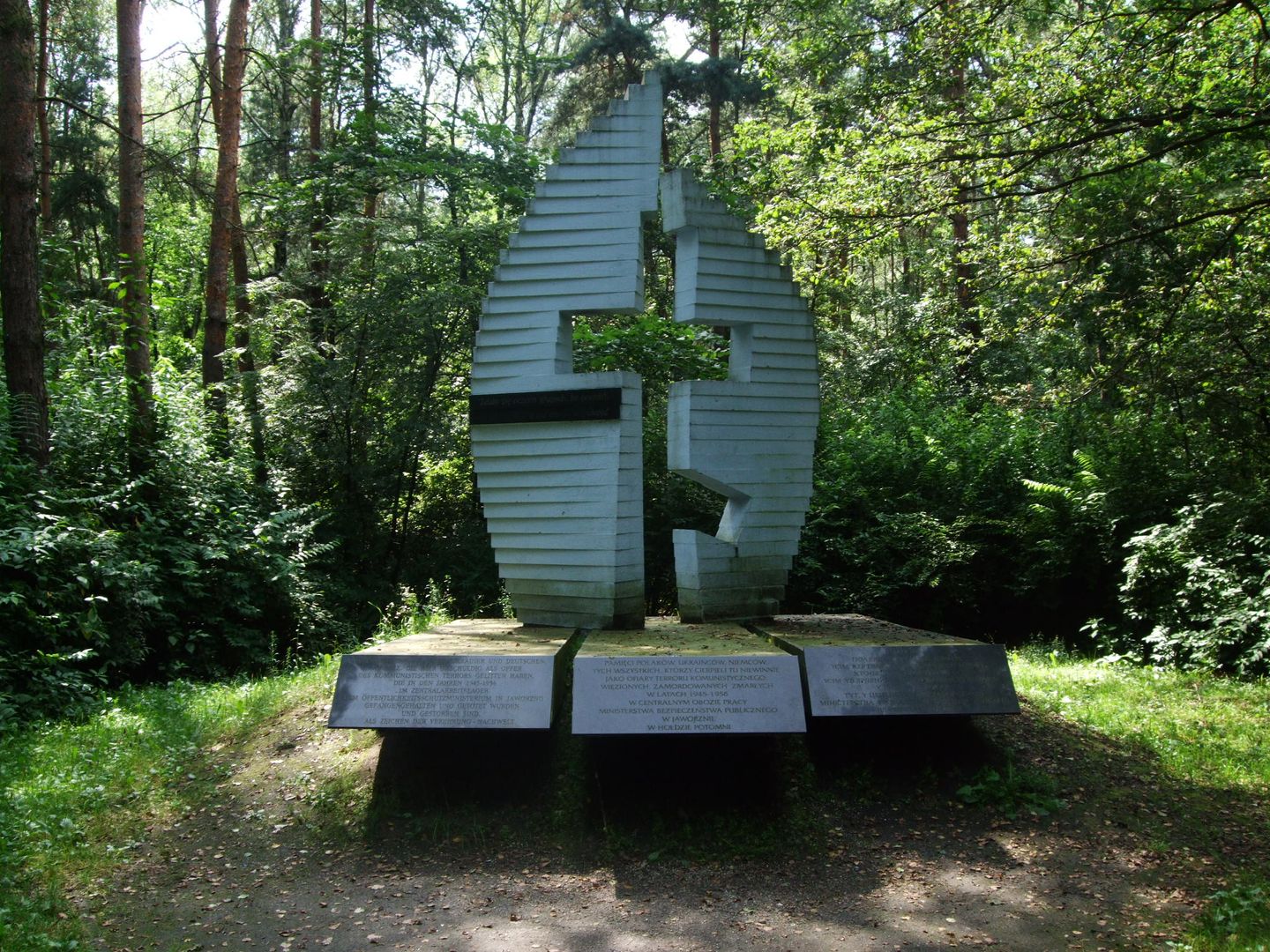Jaworzno Central Labour Camp
6.43

Overview
The Central Labour Camp in Jaworzno operated from 1945 to 1949, serving as a place of internment for people of German, Polish, Ukrainian, and many other nationalities, including independence activists and soldiers of the Home Army. The camp was established on the site of a former German subcamp of KL Auschwitz-Birkenau, and its architectural structure included 15 wooden barracks and brick buildings such as bathhouses, kitchens, and guard towers. The facility was surrounded by a double barbed-wire fence and guarded by armed personnel. The camp was marked by brutal conditions, and practices such as torture were widespread, leaving a deep imprint on the memories of prisoners and the history of the region.
Interestingly, prisoners were forced to work, including the construction of the Jaworzno Power Plant and sewing clothing for the Ministry of Public Security. After the war, camp procedures similar to those used in German camps not only persisted but also contributed to the brutalization of daily life in the camp. Although camp life was documented, many crimes went unpunished—the IPN (Institute of National Remembrance) prosecutor's office twice discontinued investigations into crimes committed against inmates, highlighting the difficulty of uncovering the truth about that period. The topic of the Central Labour Camp in Jaworzno also appears in Polish literature, underscoring its cultural and historical significance.
In total, over 6,000 prisoners were held in the camp, and it was closed in 1956. Due to its tragic history, Jaworzno and the camp's graves remain symbols of difficult memory and the complex past of the region.
Location
2025 Wizytor | All Rights Reserved